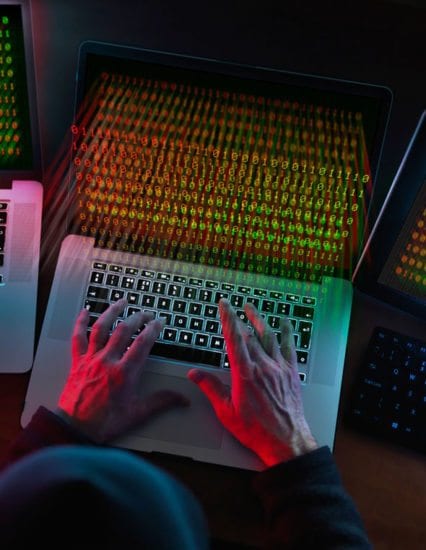It has been reported that Medibank Private Ltd, Australia’s biggest health insurer, on Monday said no ransom payment will be made to the criminal responsible for a recent data theft, wherein around 9.7 million current and former customers’ data was compromised. Highlighting findings of the firm’s investigation to date, Medibank confirmed that name, date of birth, address, phone number, and email addresses for around 9.7 million current and former customers were accessed in the data theft.
The opinions expressed in this post belongs to the individual contributors and do not necessarily reflect the views of Information Security Buzz.



